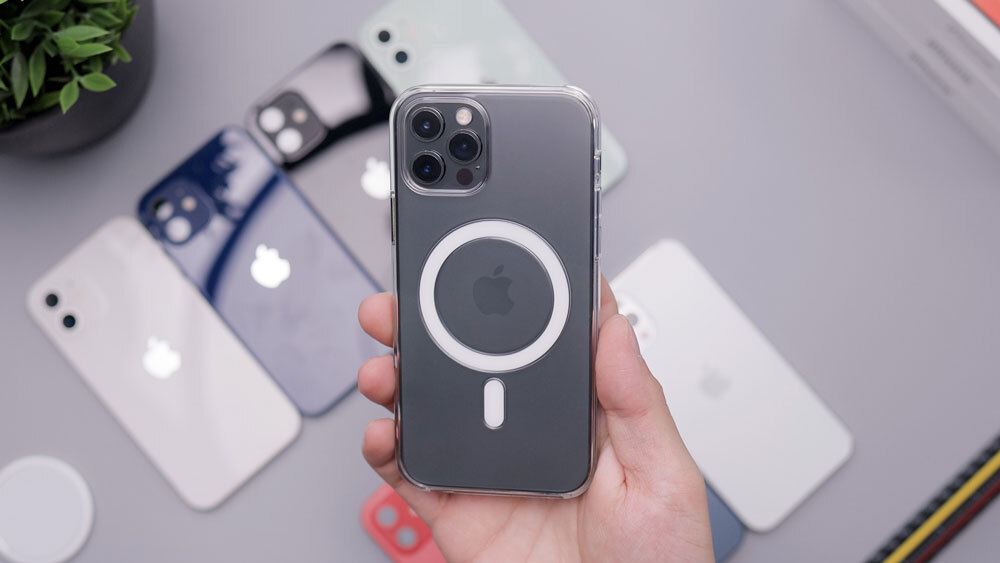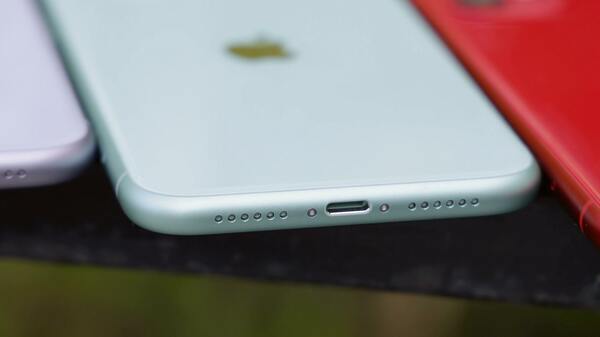
(Daniel Romero/Unsplash)
For a few years, there has been something of a have/have not approach to wireless charging in the wild. Essentially, the Qi wireless charging standard came into the world and drew a ton of interest on Android well before it hit the iPhone.
Apple was fashionably late to the wireless charging trend, then a few years in, developed its own proprietary approach to wireless charging, which it called MagSafe (which is unrelated to the other MagSafe). This was annoying, but it was still compatible with Qi and added a bunch of extra features to the wireless charging spec that made it somewhat more useful for certain things like accessorizing or charging wirelessly while still using the phone.
For years, the rumor seemed to have been that Apple was doing this because they were eventually going to remove the Lightning port from the iPhone in favor of MagSafe, rather than give into the standards Gods at the USB Implementers’ Forum.
But this week, that theory seems to have gone up in smoke, as Apple appears to have given the Wireless Power Consortium its proprietary MagSafe technologies to use for its Qi2 standard. Which means that all of the advantages of MagSafe—the stronger connection with the magnet, the potential for more creative accessorizing—will now come to Android devices as well. This is awesome, and will make Qi a much more interesting standard down the road—especially as the new standard will allow for faster charging speeds which have been, up until now, an Achilles’ heel of the standard.
It will also, potentially, remove a lot of confusion from the market, according to the Wireless Power Consortium’s executive director, Paul Struhsaker.
“Consumers and retailers have been telling us they’re confused concerning what devices are Qi Certified and those that claim to work with Qi but are not Qi Certified. This confusion can lead to a poor user experience and even safety issues,” Struhsaker said in a news release. “Our standard assures consumers that their devices are safe, efficient, and interoperable with other brands. Qi2 will be the global standard for wireless charging and provide consumers and retailers with that assurance.”
Admittedly, for the last couple of years, I’ve been buying cases with magnetized backs just so I can leverage some of the MagSafe accessories on my Android devices. For example, wallet attachments are much more useful than wallet cases, and come with the added side benefit of being easy to move from one device to another, and better, to use without the case if you so choose. Logically, it’s very smart and it will be even smarter when all the flagship Android devices also support it.
This is actually very smart, but even beyond the standard itself, it reflects perhaps how Apple should approach new innovations it brings to the market. The company brought out this feature that was unique to the iPhone, then a couple of years after the release of said feature, the company essentially gave all the work to a standards body, which then shared it with the rest of the tech industry. This sounds like a significantly better state of affairs than what happened with Lightning and USB-C, where Apple stuck with a proprietary technology long after the technology had been leapfrogged by an open standard in many ways.
(Though there is certainly reason to we wary of ulterior motives. Some, like The Verge, suggest that this may be a play by Apple to gain some control over an accessory ecosystem, as the new Qi standard will require authentication on the device.)
If Apple wants technology to work closer to how it works, it should take its innovations and, after they are no longer marquee features, give them to the rest of the industry. It’ll keep those pesky regulators off their tail, for one thing.
Time limit given ⏲: 30 minutes
Time left on clock ⏲: 9 minutes, 32 seconds



